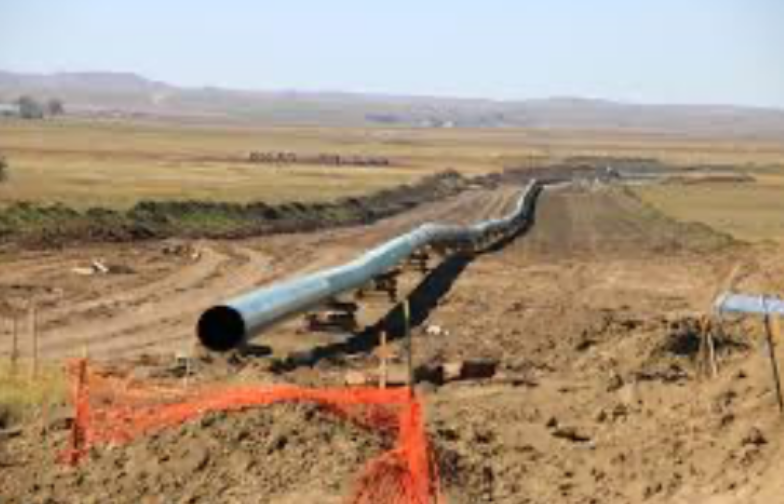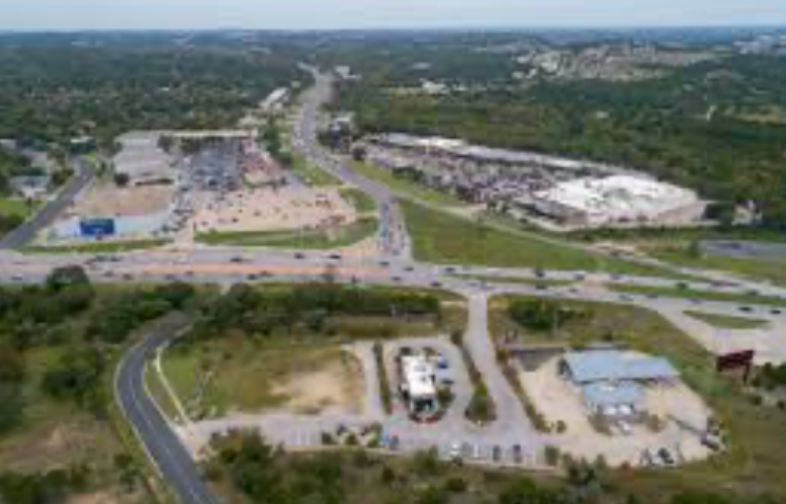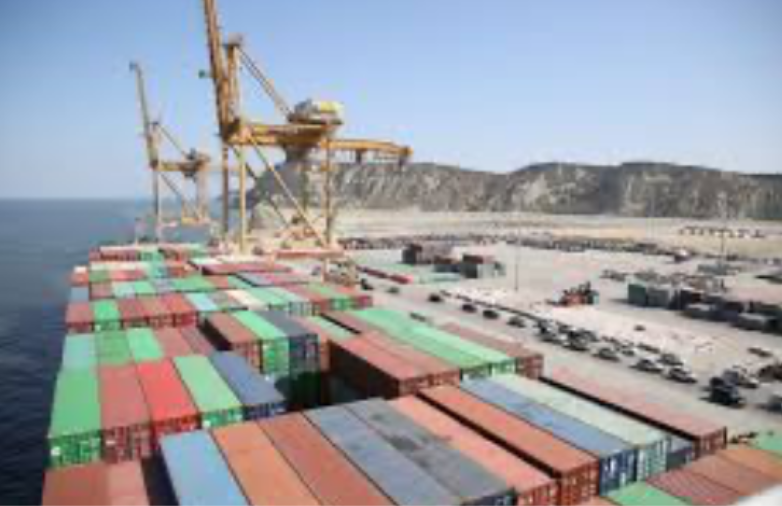DATA ON PUBLIC INVESTMENT IN ECONOMIC INFRASTRUCTURE IN LATIN AMERICA AND THE CARIBBEAN
Methodology
WHICH DATA DO WE INCLUDE?
This initiative, led by CAF, ECLAC and the IDB, reports investment in economic infrastructure (defenses against floods, energy, irrigation, telecommunications, transportation and water and sanitation). We report public investment data from three government levels (national, regional and local) and from State Owned Enterprises.

SECTORS
The covered sectors are concentrated on infrastructure services and utilities. Therefore, infrastructure investment related to oil and gas production and oil refinement and petrochemistry is excluded. Social infrastructure is also excluded: schools, hospitals, dwellings and security infrastructure.
We report investments for the following sectors:
Water
Water and sanitation (drinking water supply through the grid, provision of sanitation services); flood defenses (urban and rural projects for mitigating the effects of flooding); irrigation (facilities and systems of artificial irrigation)
Energy
Generation, transmission and distribution of electricity; transmission and distribution of natural gas
Telecommunications
Fixed-line telephone services, mobile and satellite telephony, data and internet connection services
Transportation
Roads and paths, massive urban transportation, railway transportation (infrastructure and rolling stock), aerial transportation and fluvial and maritime transportation








